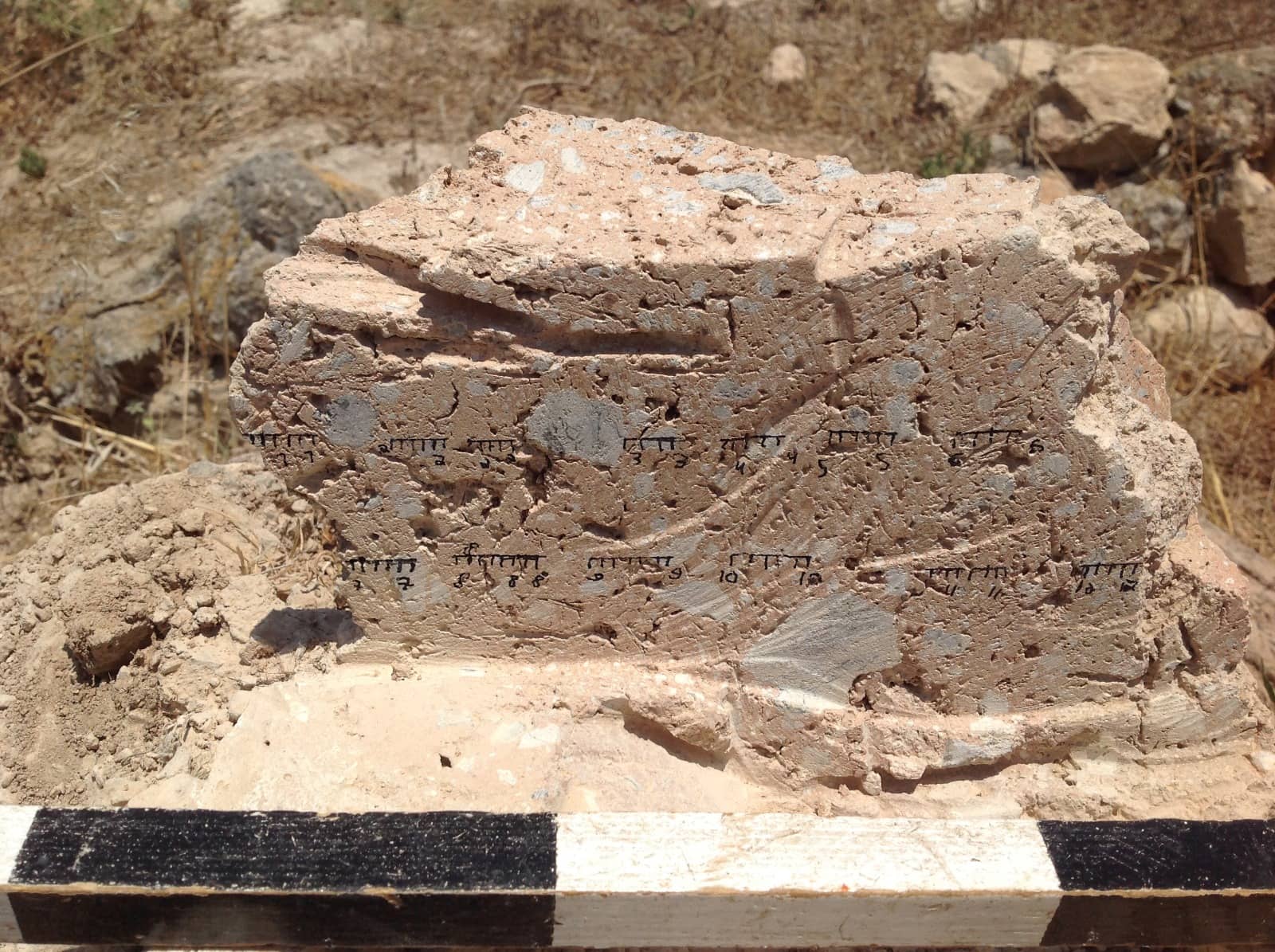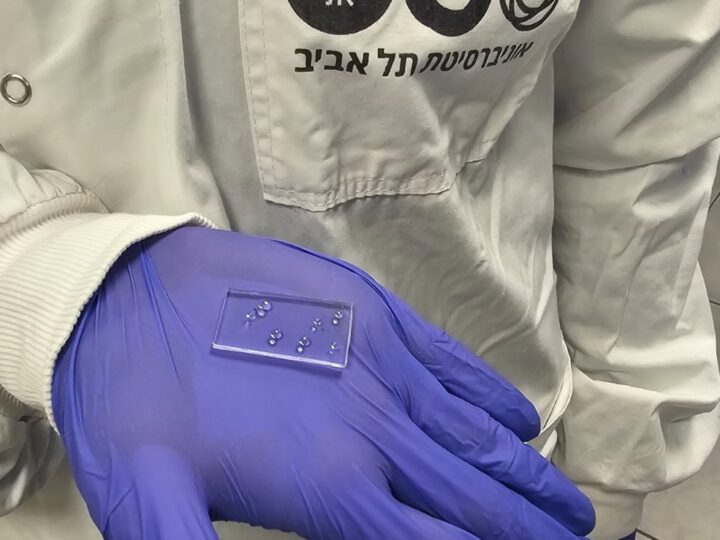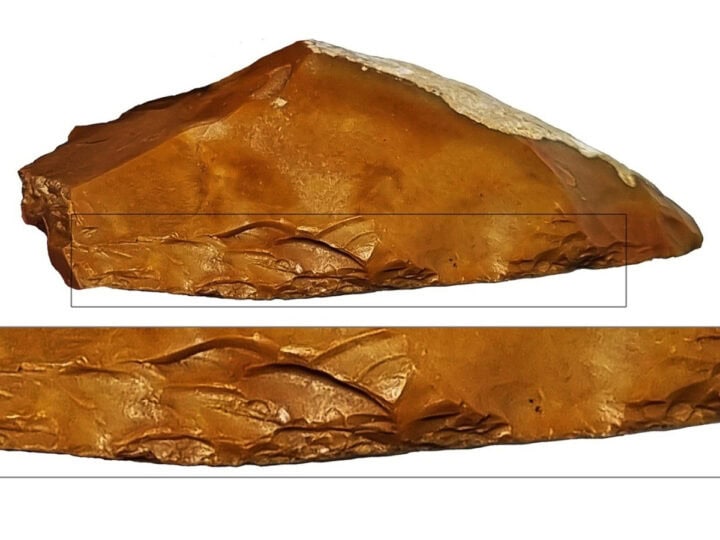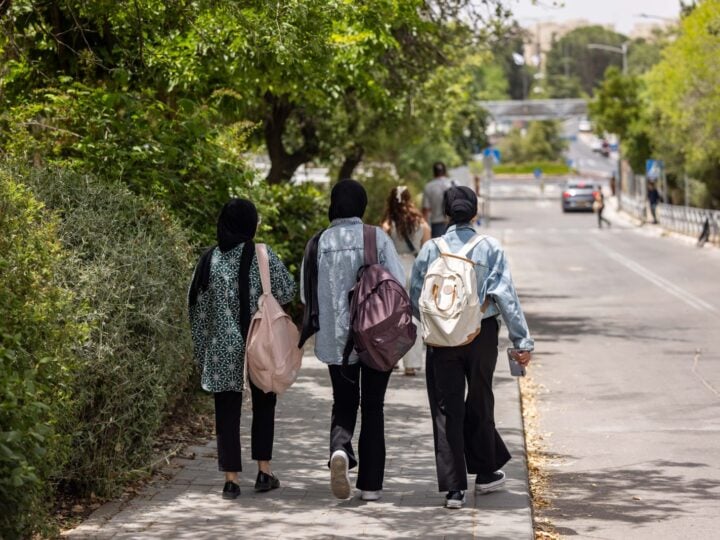A new method that measures the magnetic field of ancient archeological samples is helping to verify events mentioned in the Bible.
The method was developed by scientists from four Israeli universities: Tel Aviv University, The Hebrew University of Jerusalem, Bar-Ilan University and Ariel University. Their findings were recently published in the PLOS ONE scientific journal.
They focused on examining mudbrick found in archeological excavations. This is believed to have been the main building material in most parts of the Land of Israel throughout the Bronze and Iron Ages.
The proposed method was applied in the study to determine whether a sample was heated and at what temperature, which reveals if the sample was burned or rather disintegrated.
The research team applied the method to archeological samples from the wall in the ancient city of Gath (modern day Tel es-Safi in central Israel) and the collapsed debris found beside it.
According to the second Book of Kings, the wall was destroyed by the king of Aram Damascus around 830 BCE. However, there is a disagreement in the scientific community whether the structure was burned down or collapsed due to other reasons.
To settle the dispute, the research team set on fire the sampled mud bricks under controlled conditions. They heated the mud bricks to 200°C, which forced the release of signals from the magnetic particles stored in the samples.
When the brick cools down, these magnetic signals remain locked in their new position and the brick attains a uniform magnetic field.
The researchers then gradually neutralized the brick’s magnetic field, using a heating process called thermal demagnetization.
Because the samples from the wall were completely demagnetized after the experiment, this proves that the structure was, in fact, burned down in antiquity.
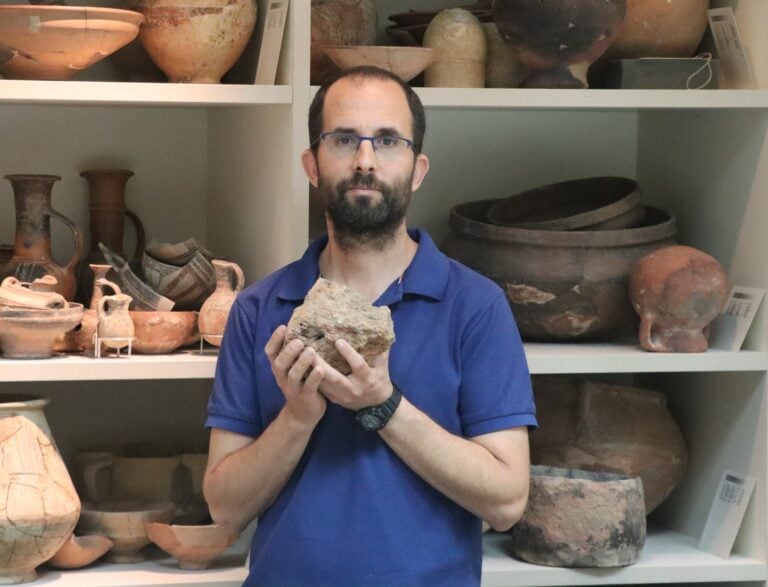
The study was led by Yoav Vaknin from the Sonia & Marco Nadler Institute of Archaeology, Entin Faculty of Humanities at Tel Aviv University, and the Paleomagnetic Laboratory at Hebrew University.
Vaknin explained the methodology further: “First, we heat the sample to a temperature of 100°C, which releases the signals of only a small percentage of the magnetic minerals. We then cool it down and measure the remaining magnetic signal. We then repeat the procedure at temperatures of 150°C, 200°C, and so on, proceeding in small steps, up to 700°C. In this way the brick’s magnetic field is gradually erased. The temperature at which the signal of each mineral is ‘unlocked’ is approximately the same as the temperature at which it was initially ‘locked,’ and ultimately, the temperature at which the magnetic field is fully erased was reached during the original fire.”




